XR Digital
At XR Digital, we blend creativity, technology, and strategy to deliver unparalleled digital solutions. Explore the possibilities with us as we push the boundaries of innovation and transform your vision into reality.
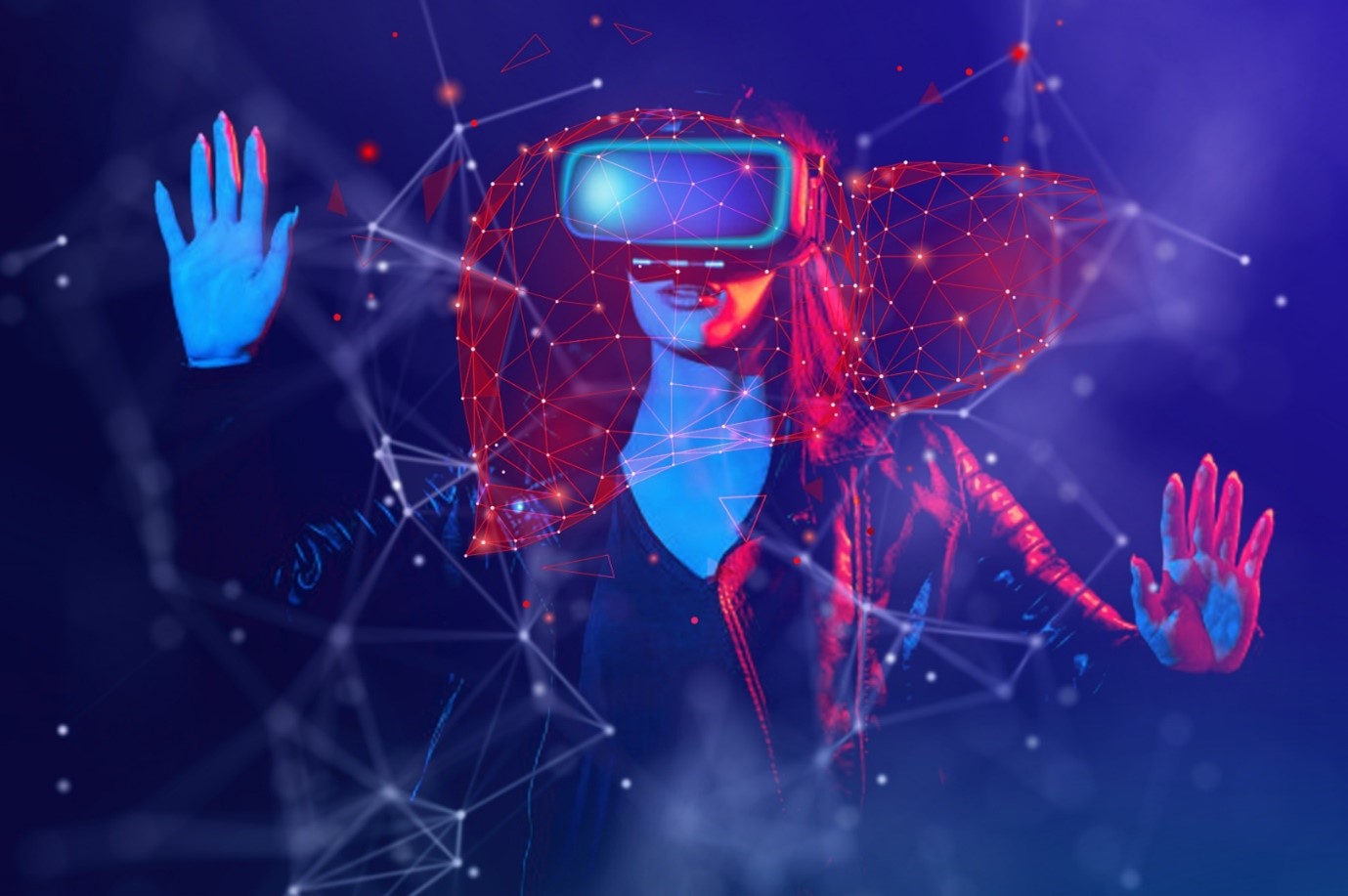
Once upon a time in the not-so-distant past, the landscape of social media underwent a revolutionary transformation that would forever change the way people connect and interact. It all began when Meta, the tech giant formerly known as Facebook, set its sights on the uncharted territory of the metaverse.
In the ever-evolving realm of technology, virtual reality (VR) has emerged as a groundbreaking force, transforming the way we interact with the digital world. Beyond its initial applications in gaming and simulations, virtual reality is now making significant strides in the realm of social media. This integration holds the promise of redefining online interactions, providing users with immersive and engaging experiences that bridge the gap between the physical and virtual worlds.
Virtual reality (VR) is a technology that creates a simulated environment that users can interact with using special devices such as headsets, controllers, or gloves. VR can provide immersive and realistic experiences that can enhance various aspects of social media, such as communication, entertainment, education, and commerce. In this article, we will explore some of the current and future applications of VR in social media, as well as some of the challenges and opportunities that this technology presents.
During discussions about creating VR Technology the name of the Unity engine sounds more and more often. Check out this Link to Read about its pros and cons.
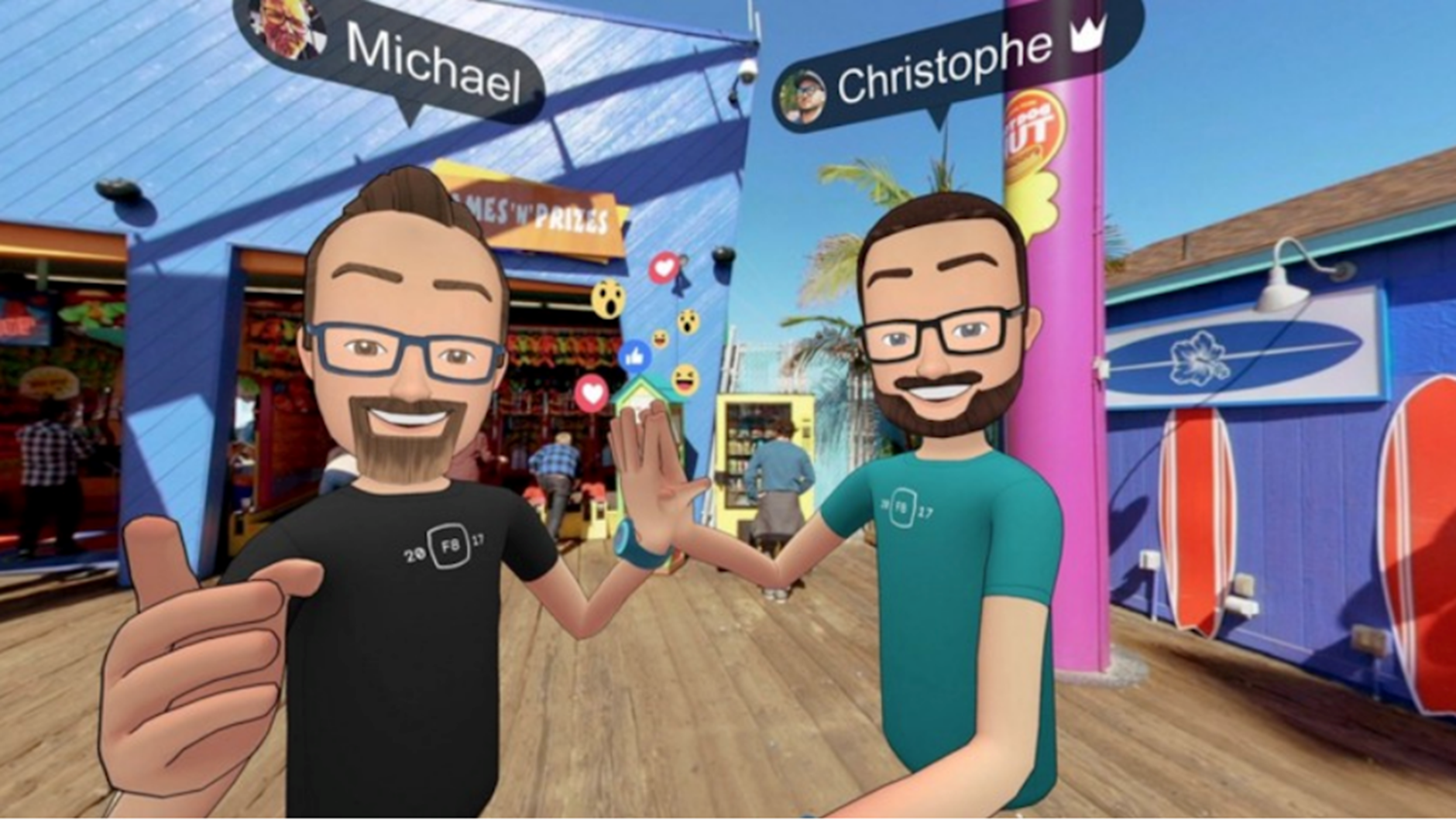
In 2014, Facebook made a bold move by acquiring Oculus VR, a company at the forefront of virtual reality technology. This strategic decision marked the beginning of an ambitious journey to integrate VR into the social media experience. As Meta’s CEO Mark Zuckerberg passionately declared, the future of social interaction was destined to be immersive, three-dimensional, and boundless.
The first significant milestone in Meta’s VR adventure came in 2016 with the launch of Facebook Spaces. This virtual reality platform allowed users to create personalized avatars and socialize with friends in a virtual environment. It was a glimpse into the potential of merging social media with VR, but the world was only beginning to fathom the possibilities.
Fast forward to 2020, a year that will forever be etched in history for reasons beyond the virtual realm. During a global pandemic, social distancing became the norm, and the need for meaningful connections intensified. Meta responded by accelerating its VR initiatives. The Oculus Quest 2, released in October 2020, became a game-changer, offering an affordable and accessible VR headset that quickly gained popularity.
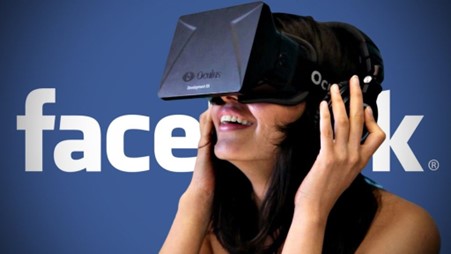
Social media platforms have long been the digital playgrounds where people connect, share, and express themselves. The integration of virtual reality takes these interactions to new heights, creating a more lifelike and dynamic social experience. Virtual reality in social media opens up possibilities for users to engage with their online communities in ways previously unimaginable.
Virtual reality allows users to step into immersive social environments that simulate the feeling of being physically present with others. Users can attend virtual events, explore digital landscapes, and engage in activities as if they were together in the same space. This not only enhances the social experience but also adds a layer of depth to online relationships.
With virtual reality, users can create personalized avatars that represent them in the digital space. These avatars can express emotions, gestures, and even mimic facial expressions, providing a more authentic form of communication. This departure from traditional text-based communication enriches the way users connect and interact with each other.
Social media platforms are leveraging virtual reality to host events, conferences, and meetups. Users can participate in these events from the comfort of their homes, fostering a sense of community and connection. Whether it’s a virtual concert, a business conference, or a casual hangout, the possibilities are limitless.
Virtual reality transforms the way users consume content on social media. Instead of scrolling through a feed, users can immerse themselves in a three-dimensional content space, exploring photos, videos, and posts in a more interactive manner. This not only makes content consumption more engaging but also provides content creators with new avenues for expression.
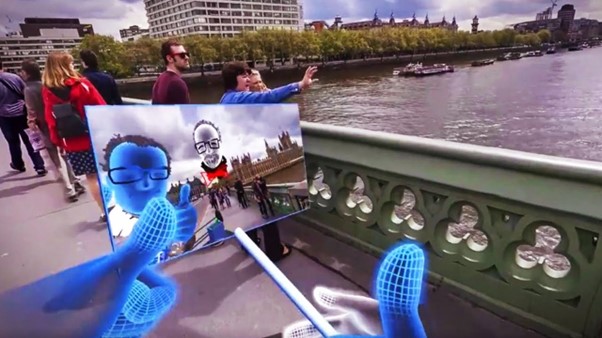
Social media is constantly evolving and adapting to new technologies and trends. Some of the future trends that are shaping the social media landscape are:
Artificial intelligence (AI) is transforming how social media platforms operate and how users interact with them. AI can help enhance features such as content creation, personalization, moderation, recommendation, advertising, and analytics. AI can also enable new forms of social interaction, such as chatbots, voice assistants, and virtual influencers. Some examples of AI-powered social media tools are Lately, ChatGPT, Spark AR, and Bigscreen Beyond.
Artificial intelligence (AI) and machine learning technologies have been widely adopted to guarantee consumer satisfaction and drive business expansion. Businesses in today’s era of innovation are leveraging AI to analyze customers’ data and key metrics to recommend products and services based on their preferences as well as offer 24/7 support through chatbots.
Augmented reality (AR) is a technology that overlays digital information or objects onto the real world, creating an immersive and interactive experience. AR can enhance social media by allowing users to try on products, apply filters, create animations, and access information in a more engaging way. AR can also help brands and businesses to showcase their products, services, and stories in a more creative and effective way. Some examples of AR-enabled social media platforms are Snapchat, Instagram, and Facebook.
Snapchat, after pioneering the idea of picture messaging applications with AR filters, took a step further by introducing its Snappable AR game, which lets you play games, like a dance-off or basketball, through touch, motion, and facial expressions.
AR is making it big in the gaming industry as Niantic, the parent company of Pokemon Go, announced Campfire, a social networking platform designed to bridge the gap between mobile AR gamers
Virtual reality (VR) is a technology that creates a simulated environment that users can explore and interact with using a VR headset. VR can offer a more immersive and realistic social media experience, where users can create avatars, meet friends, play games, watch movies, and attend events in virtual worlds. VR can also enable new forms of social expression, communication, and collaboration. Some examples of VR-based social media platforms are AltspaceVR, Rec Room, and VRChat.
Social VR has been around for quite some time now, and it’s not surprising that it’s maturing faster than ever. In social virtual reality (VR), you can design your own avatars that can communicate and take part in group activities like playing games, going to concerts, bowling, or even working together.
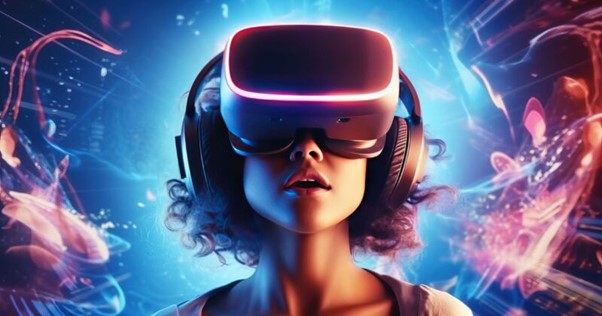
VRChat is a free multiplayer online experience that offers a wide range of social VR experiences, allowing people to hang out with friends, create their own worlds, play, and chat via spatialized 3D audio. The lip-synced avatars are a unique feature of VRChat.
Rec Room is a free social VR space, or rather, a social hangout game, where you get to team up with your friends to explore and create rooms, each offering a different experience. The space is made up of thousands of player-created rooms, each of which provides a unique multiplayer activity—in one room, for instance, you’d get to play laser tag, while the other would offer virtual boxing.
Rec Room also lets users create their own games and rooms using the in-game tools and share them with the community. Rec Room supports cross-platform play, meaning that users can join the same room using different devices, such as VR headsets, PCs, consoles, and mobile phones.
Altspace VR is the leading platform for virtual meetups and real-time mixed reality experiences. It allows creators, brands, and businesses to create virtual events like live concerts, comedy shows, festivals, tech talks, work meetings, etc., and collaborate in real-time.
AltspaceVR also offers a variety of social activities, such as games, karaoke, meditation, and trivia. AltspaceVR supports cross-platform play, meaning that users can join the same event using different devices, such as VR headsets, PCs, and mobile phones.
Bigscreen is a social VR app that has revolutionized the way people play, work, meet up, and collaborate within an immersive environment. Bigscreen lets you convert any desktop application into a virtual environment, potentially giving you an unlimited 3D collaboration space. You can zoom into screen elements, see objects in 3D, annotate visuals when brainstorming with colleagues, and make work more enjoyable.
Bigscreen also lets users share their desktop screen with others, enabling them to work, play, and browse together. Bigscreen supports cross-platform play, meaning that users can join the same cinema using different devices, such as VR headsets, PCs, and mobile phones.
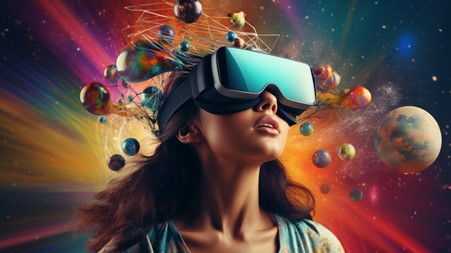
AR and VR will revolutionize the e-commerce landscape on social media. Users will be able to virtually try on clothes, test products, and even experience the feel of items before making a purchase. This immersive shopping experience will not only enhance user engagement but also reduce the uncertainty associated with online shopping.
Virtual reality in social media represents a paradigm shift in the way we engage with digital spaces. As technology continues to advance, the line between the physical and virtual worlds becomes increasingly blurred. The integration of virtual reality in social media holds the potential to redefine the nature of online interactions, providing users with richer, more immersive, and authentic social experiences.You can also Learn about Virtual Reality in medicine , marketing and health care.
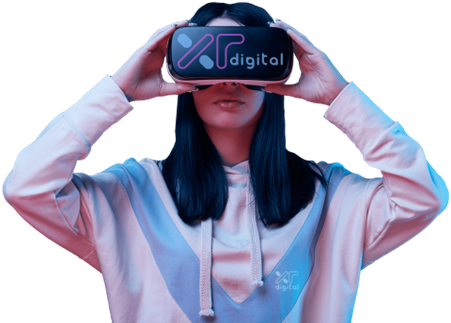
In the rapidly evolving landscape of technology, the fusion of virtual reality (VR) and social media has become a transformative force, reshaping the way individuals connect and interact online. This paradigm shift aligns seamlessly with the innovative services offered by XR Digital. Specializing in Virtual Reality, XR Digital’s expertise encompasses diverse sectors, including Extended Reality (XR) and social media integration.
XR Digital, with its commitment to cutting-edge technology, is positioned as a key player in shaping the future of immersive social interactions, echoing the sentiments expressed in the exploration of VR’s applications in the social media realm.
A virtual world in social media is a digital space where users can interact with each other through avatars in a simulated environment. It goes beyond traditional social media platforms by creating three-dimensional, immersive spaces for users to explore, socialize, and share content.
Virtual reality is considered by many experts to be a significant part of the future of social media. As technology continues to advance, VR has the potential to reshape how people connect online, making interactions more immersive, dynamic, and lifelike. The development of the metaverse and the integration of VR by major social media platforms suggest a growing role for virtual reality in the future of online socialization.
No, Instagram is not a virtual reality platform. Instagram is a photo and video-sharing social networking service that primarily operates in a two-dimensional digital space. While it incorporates features like augmented reality filters, it does not provide a fully immersive virtual reality experience.
At XR Digital, we blend creativity, technology, and strategy to deliver unparalleled digital solutions. Explore the possibilities with us as we push the boundaries of innovation and transform your vision into reality.